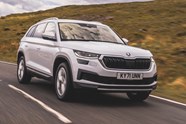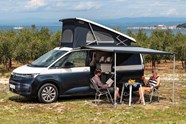
Volkswagen Multivan review
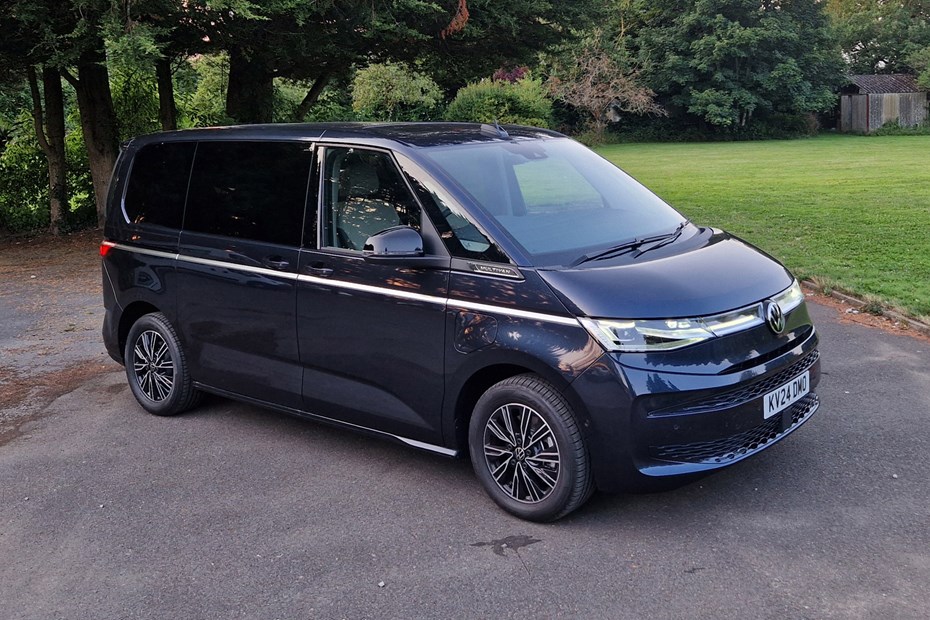
At a glance
| Price new | £50,443 - £67,063 |
|---|---|
| Used prices | £28,120 - £60,610 |
| Road tax cost | £620 |
| Insurance group | 23 - 38 |
Get an insurance quote with

|
|
| Fuel economy | 30.8 - 43.5 mpg |
| Range | 449 - 651 miles |
| Miles per pound | 4.5 - 5.6 |
| Number of doors | 5 |
| View full specs for a specific version | |
Available fuel types
Petrol
Diesel
Hybrid
Pros & cons
- Easy to drive and comfortable
- Very flexible seven-seat interior
- Plug-in hybrid works well
- DSG transmission not the smoothest
- Large size can be tricky to park
- Touchscreen controls can be annoying
Volkswagen Multivan MPV rivals
Overview
The Volkswagen Multivan is one of those increasingly rare beasts in the new car market: a purpose-built people carrier. But it’s not one of the best MPVs you can buy by default. Rather, the VW Multivan is intelligently designed to be as pragmatic as possible while still providing plenty of creature comforts. It makes far more sense as a large family car than the legions of rival SUVs you could purchase. We like it a lot, awarding it Best Seven-Seater in the 2024 Parkers New Car Awards.
Introduced as a replacement for the Volkswagen Caravelle in 2022, despite the last three letters of its name, the Multivan is not based on the Transporter van (as the Caravelle was). Instead it uses the same MQB platform as most VW Group family cars, making it much better to drive and quieter inside.
The Multivan comes in Standard and Long lengths, the latter offering more luggage space thanks to its extended rear end – though even the regular version has plenty of room inside. Both have sliding rear side doors, with optional power assistance.
We have a lot of experience with this VW. As well as driving every variant – including most recently covering over 1,200 miles in a Multivan plug-in hybrid in summer 2024 – we’ve also lived with one for several months as a long-term test. ‘Nobody else builds anything quite like it,’ we concluded, ‘and for those looking for maximum practicality but minimal culture shock, it’s even better than it really needs to be.’ Find out how we test cars if you want further context.
The Multivan’s closest direct rival is the Mercedes-Benz V-Class, although that is a particularly pricey piece of kit, making the VW look like excellent value by comparison (and the Multivan is hardly cheap by any traditional measure). Buyers should also consider the Peugeot Traveller and Vauxhall Vivaro Life, and might also look at big SUVs such as the Skoda Kodiaq. You’ll find the Multivan much roomier than one of those, however, and though its shape is undeniably boxy, we’ve always found they attract plenty of admiring glances.
Standard equipment is generous, with all Multivans including an automatic gearbox, high-tech dashboard and clever seven-seater interior. Every seat is an individual unit and a rail system for the five rear-most chairs means you can position them in a variety of layouts, or even remove them entirely. As such, it’s much more flexible inside than the Volkswagen ID. Buzz electric MPV, which is a similar size and shape externally, making the Multivan a better choice if you’re seeking true people-carrying practicality.
Underlining this, a new-generation of Volkswagen California campervan now takes the Multivan as its basis. We have a separate VW California review if you’re interested in living vanlife to the fullest.
But for now, over the next few pages we’ll thoroughly review the Volkswagen Multivan, rating its driving experience, practicality and interior, and discuss how much it will cost you to run. Keep reading.



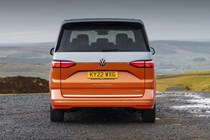
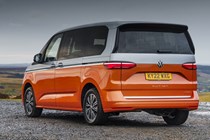
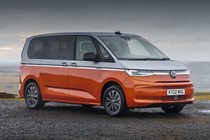
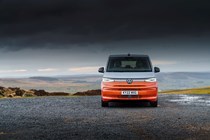

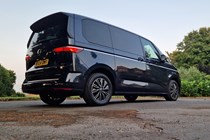
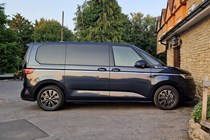
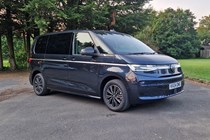
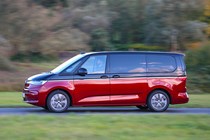
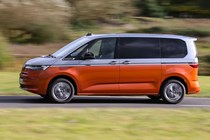


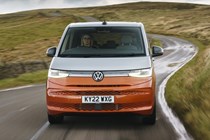
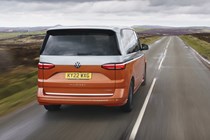
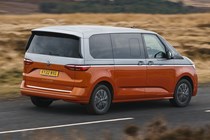
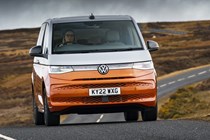
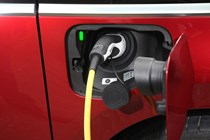
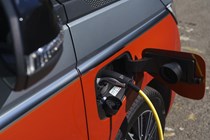
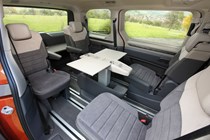
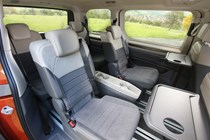
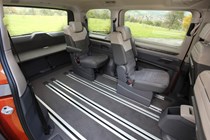
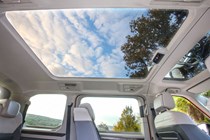
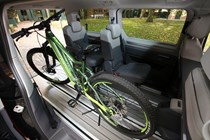
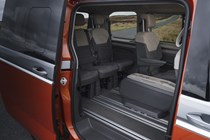
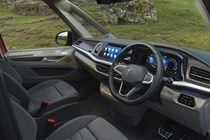
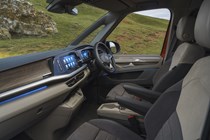
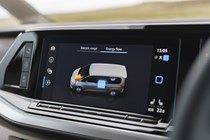

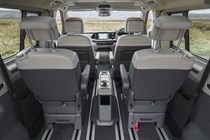
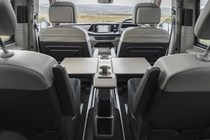

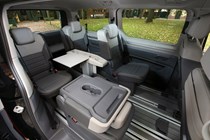

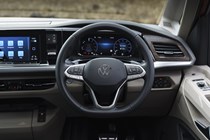




.jpg)
